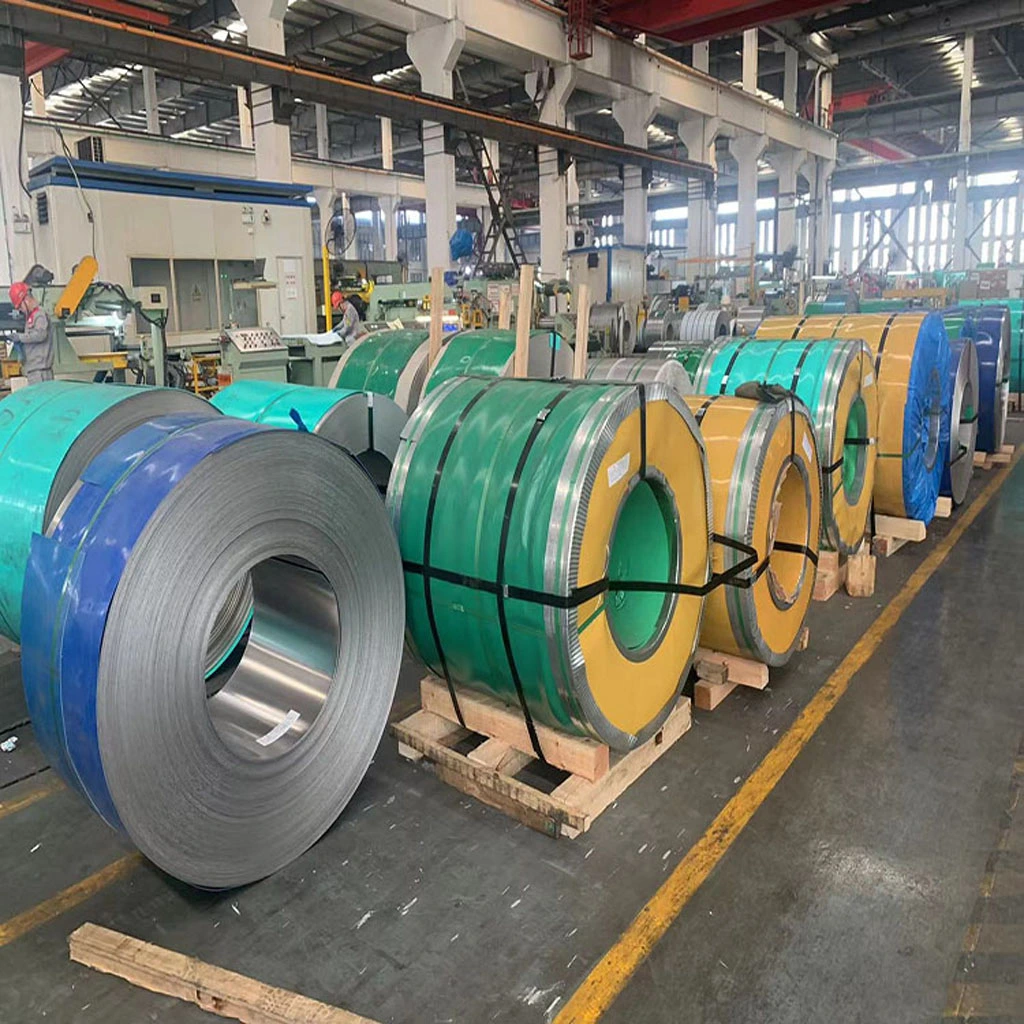Understand all aspects of 201 stainless steel
2023-04-04
What is 201 stainless steel?
201 stainless steel is a type of austenitic stainless steel that contains a combination of low nickel and high manganese content. It is a non-magnetic alloy and has good corrosion resistance, formability, and welding properties. 201 stainless steel is commonly used in kitchen appliances, automotive trim, and architectural applications. Compared to other stainless steel grades, it is relatively low-cost and is often used as a substitute for higher-end stainless steels in applications where the corrosion resistance requirements are moderate.
What are the characteristics of 201 stainless steel?
201 stainless steel has several characteristics that make it a popular material in various applications. Some of its key characteristics include:
Non-magnetic: 201 stainless steel is non-magnetic, which makes it suitable for use in applications where magnetic interference is a concern.
Good corrosion resistance: This stainless steel grade offers good resistance to corrosion in mildly corrosive environments such as those found in kitchens and indoor applications. However, it is not as corrosion-resistant as higher-end stainless steel grades such as 304 or 316.
High temperature resistance: 201 stainless steel has a maximum operating temperature of 870°C (1600°F), which makes it suitable for use in high-temperature applications such as in automotive exhaust systems.
Formability: 201 stainless steel is highly formable, which makes it suitable for forming complex shapes and designs.
Weldability: This grade of stainless steel is easily weldable using common welding techniques such as TIG, MIG, and spot welding.
Low cost: 201 stainless steel is a cost-effective alternative to other stainless steel grades and is often used in applications where cost is a key consideration.
High strength: This stainless steel grade has a high tensile strength and can withstand high stress and pressure, making it suitable for use in applications where strength is important.
About the chemical composition and mechanical properties of 201 stainless steel
The chemical composition and mechanical properties of 201 stainless steel are as follows:
Chemical composition:
Carbon (C): 0.15% max
Silicon (Si): 1.00% max
Manganese (Mn): 5.50-7.50%
Phosphorus (P): 0.06% max
Sulfur (S): 0.03% max
Chromium (Cr): 16.00-18.00%
Nickel (Ni): 3.50-5.50%
Nitrogen (N): 0.25% max
Mechanical properties:
Tensile strength (MPa) ≥ 535
Yield strength (MPa) ≥ 245
Elongation (%)≥30
Hardness (HRB)≤100
It should be noted that the mechanical properties of 201 stainless steel may vary due to factors such as the specific composition of the material, processing and heat treatment. These values are provided as general guidelines only.
Application of 201 stainless steel
The most common application for 201 stainless steel is in the food industry. It is used in various food processing applications such as pipes, tanks and sheet metal.
201 stainless steel is also used in the pharmaceutical industry. It is commonly used in containers and pipes for storing and transporting pharmaceuticals and other medical products.
Other common applications for 201 stainless steel include:
• Automotive trim and molding
• Architectural finishing and molding
• cooking utensils
• tableware
How should 201 stainless steel be maintained?
Proper maintenance of 201 stainless steel is important to ensure its longevity and prevent corrosion. Here are some tips for maintaining 201 stainless steel:
Clean regularly: Regular cleaning is important to remove dirt, dust, and other contaminants that can cause corrosion. Use a mild detergent or soap and water to clean the surface, and avoid using abrasive cleaners or scrubbers that can scratch the surface.
Dry thoroughly: After cleaning, be sure to dry the surface thoroughly to prevent water spots and corrosion. Use a soft, clean cloth to dry the surface.
Avoid harsh chemicals: Avoid using harsh chemicals or cleaning products that contain chlorine or other corrosive agents that can damage the surface of the stainless steel.
Polish the surface: To maintain the shine and luster of the stainless steel, you can use a polishing agent specifically designed for stainless steel. Be sure to follow the manufacturer’s instructions and avoid using abrasive polishes that can scratch the surface.
Handle with care: When handling stainless steel, be sure to avoid contact with other metals or materials that can cause corrosion. Use stainless steel or plastic tools, and avoid using steel wool or other abrasive materials.
By following these simple maintenance tips, you can help ensure the long-term durability and corrosion resistance of your 201 stainless steel products.
